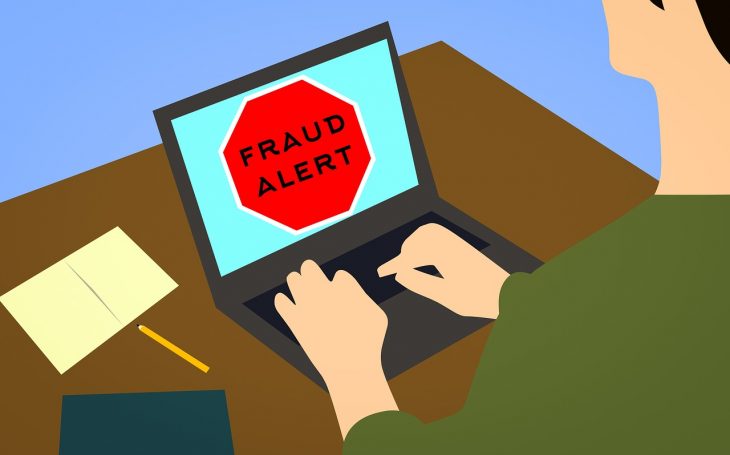With the implementation of EMV chip cards, we’ve seen card-present fraud decrease significantly – a major win for both merchants and consumers. But we know that doesn’t mean that all fraud is gone. Recent trends indicate that one type of fraud in particular is on the rise: friendly fraud.
What is friendly fraud? In short, friendly fraud occurs when a cardholder makes a real purchase, receives the goods, and then purposely disputes the charge in order to be refunded. Essentially, it’s glorified stealing.
So what’s causing this increase in (not so) friendly fraud, and more importantly, how can merchants fight back against it?
The growth of friendly fraud
Friendly fraud charges have been occurring more and more recently, often for two reasons. First, it’s easier than ever for customers to dispute charges (often, it just takes one tap on a mobile banking app). Second, it’s becoming more difficult and costly for merchants to contest chargebacks or prove transaction’s legitimacy.
Many merchants find the burden of proof too cumbersome, and therefore avoid fighting back against chargebacks altogether. Crucial steps to preventing chargebacks include: having and displaying clear return policies, using clear business names on customers’ credit card statements, and always providing accurate information about your items and services. But even if these actions are taken, it ensures merchants impenetrable against this type of fraud. For example, take the EMV changeover nearly two years ago. As the confusion about liability became chaotic, opportunistic fraudsters stumbled upon the viability of friendly fraud. Since then, they’ve continued to push and explore this method.
Arming yourself against it
As fraud evolves, merchants need to as well. In order to fight back against friendly fraud, there are three crucial steps merchants should look to implement to help significantly reduce their risk:
- Implement EMV. Today, being EMV compatible is basically table stakes. EMV has transformed fraud as we knew it, but those who don’t use EMV have shouldered a huge additional liability burden—one which many didn’t realize was coming. Every store should accept EMV.
- Use the best available online verification. Many merchants think that simply using an address verification (AVS) or CVV will stop ecommerce fraud. But criminals have evolved, and you need to be sure you have more extensive measures in place, such as:
- Implement a predictive, customizable risk analysis technology, like Kount, into your e-commerce business OR
- Develop a customizable rule set to predict fraudulent transactions before they happen.
- Make sure you have a fraud strategy in place. Small to medium sized businesses tend to implement a cheap solution (set it and forget it). Fraud systems need to be re-examined at least once a quarter.
- Make sure you’re keeping the best records possible. Clear, organized and thorough record-keeping is incredibly important to reducing chargebacks and disputed transactions.
The payment landscape is constantly evolving. New technologies are introduced at a rapid pace, the fraudster population is growing, and merchants constantly need to adapt and evolve to mitigate their risk. While fraud may likely never be eradicated completely, there are key steps merchants can take to best protect themselves against friendly fraud, bringing them one step closer to protecting themselves, their customers, and their bottom line.











